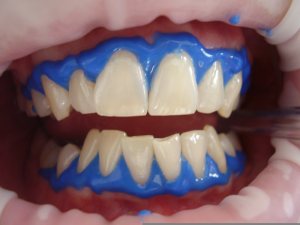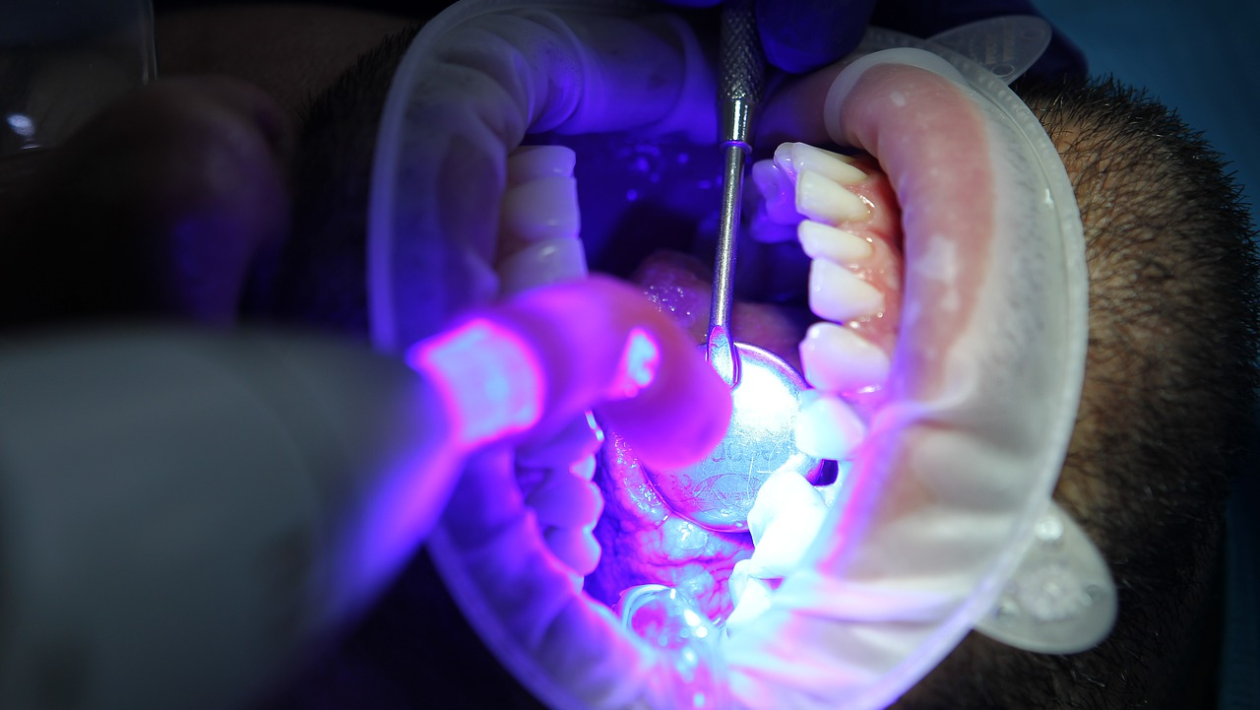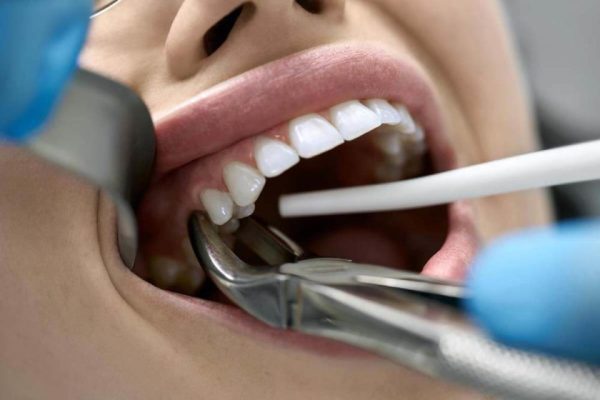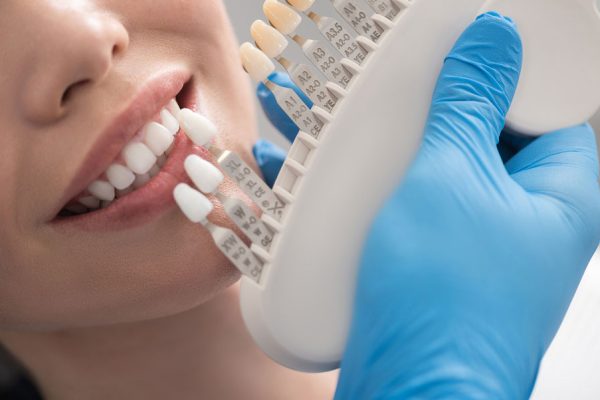A teeth whitening procedure involves lightening the color of your teeth. This is especially desirable if your teeth have become yellowed over the years. The process works by altering the color of the intrinsic and extrinsic tooth enamel. This can be done in a variety of ways. These include at-home whitening products, in-office, and even using ancient remedies.
In-office whitening
In-office is an effective way to improve the color of your smile. The results of the treatment are typically seen within six months to two years. However, if you are concerned that your whitening treatment will not last, you should consider other options. These include over-the-counter whitening products and a professional whitening treatment.
In-office can be an excellent option if you have severe stains on your tooth. The procedure can remove stains without causing any discomfort. A dentist will use a specially formulated gel that penetrates stains in the tooth when exposed to ultraviolet light. This combination of light and gel breaks down the stairs, leaving your smile brighter in just one to two hours.
Getting it done at a dentist’s office is a relatively inexpensive option. You can expect to pay less than the copay of a cosmetic porcelain crown, like these, and it is also significantly cheaper than at-home whitening products. However, the price of your procedure depends on the type of whitening agent you choose and your cost of living.
Before you decide on it, it is important to understand what your goals are. It is also important to consider your own health needs, such as sensitivity or pain. There are dozens of tooth-whitening methods available today, so it is important to choose the right one for your particular needs.
Ancient remedies
There are many ways to whiten your smile. Throughout history, ancient civilizations have used several methods to achieve a whiter smile. Among these methods is the use of urine and pumice stone. While we do not know why the ancients used urine to whiten their teeth, urine contains ammonia, a powerful bleaching agent.
These methods were not widely accepted in modern society, but are still used today in some parts of the world. Aside from using sticks to brush their teeth, the ancient Romans also used urine as a tooth-whitening agent. The ammonia content in urine helps whiten teeth, but this practice was abandoned when it was discovered that this method could cause harm to the enamel.
They brushed their teeth with urine, which contained ammonia. However, this method destroyed the enamel. Another ancient remedy involves using a banana peel. It contains several minerals and good-for-you vitamins that can penetrate the teeth’s enamel and help reduce stains. If you are unable to purchase a banana peel, you can crush the fleshy side of the peel on your tooth.
Ginger is also a great home remedy. Its anti-inflammatory properties help prevent gum diseases and promote healthy mouth tissue. It also works as a natural toothpaste. Mix it with baking soda or coconut oil to create a paste. Activated charcoal can also help you whiten your teeth.
Coconut oil is another ancient remedy, as well. It is a good oral rinse that has been used for thousands of years. Coconut oil also helps in protecting against decay and gum disease. Additionally, it can help you combat bad breath. Sesame oil has also shown positive results but isn’t recommended.
Side effects

During the whitening process, bleaching agents penetrate the underlying layers of your teeth. This exposes the dentin layer, which is responsible for sensitivity. Although this effect isn’t common, it can occur in some people. The sensitivity may not be noticeable right away, but you’ll feel it after exposure to hot or cold foods directly to the tooth’s surface.
Side effects of treatments are rare but can occur. To avoid these problems, read the ingredients listed on the product label. If the ingredients aren’t listed, ask your dentist to recommend a safe whitening formula. The most common side effect is tooth sensitivity, which usually lasts for a few days. If this happens, avoid hot or cold foods to minimize pain.
Teeth sensitivity is a common side effect. To minimize the risk of sensitivity, you should avoid consuming alcoholic drinks, soft drinks, and colored toothpaste or gloss for at least a week following the procedure from a teeth whitening plantation. It may also be advisable to use a fluoride rinse to help speed up the restoration of tooth enamel.
It can cause sensitivity, but most patients do not experience any serious side effects. However, you should always choose a dentist who is experienced in the procedure and has the proper qualifications for the job. Using an unqualified dentist can have harmful side effects in the short and long term.
It is a popular way to combat tooth discoloration. The procedure is relatively safe for pregnant women, and most people do not experience any negative side effects. Some people do experience increased sensitivity to colds and hot foods after the process. However, these side effects will usually be mild and only last a short period of time.
In addition to sensitivity, it may also cause gum irritation, tooth pain, and gum irritation. In most cases, these effects are temporary and will go away as the treatment continues. The best way to minimize these risks is to visit your dentist and have your teeth professionally whitened. The dentist can monitor the process and perform it safely to minimize any risk.





